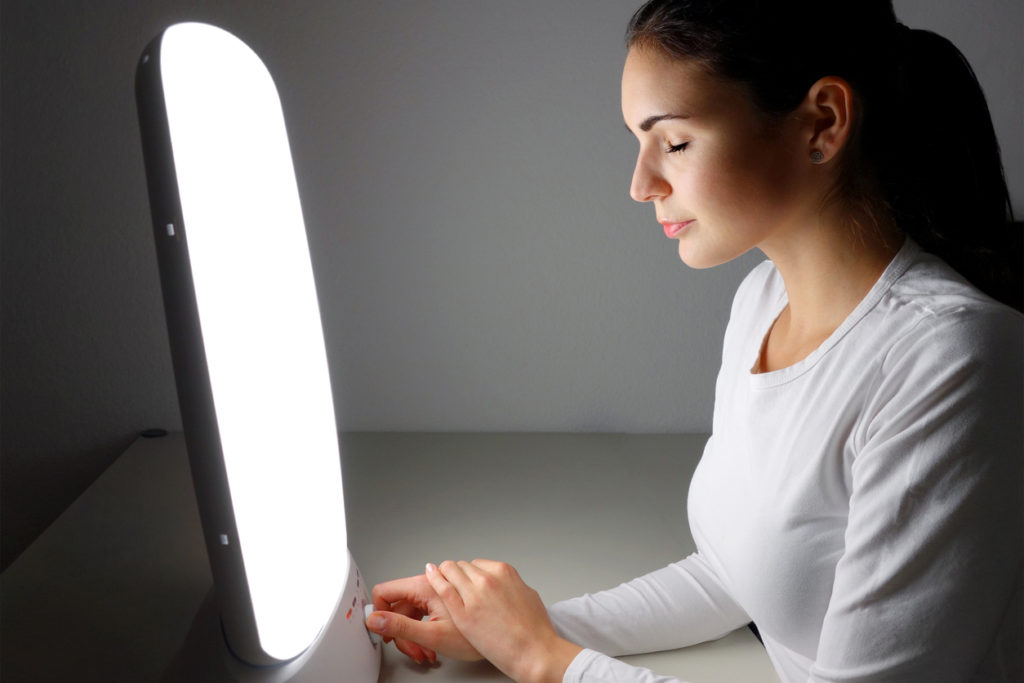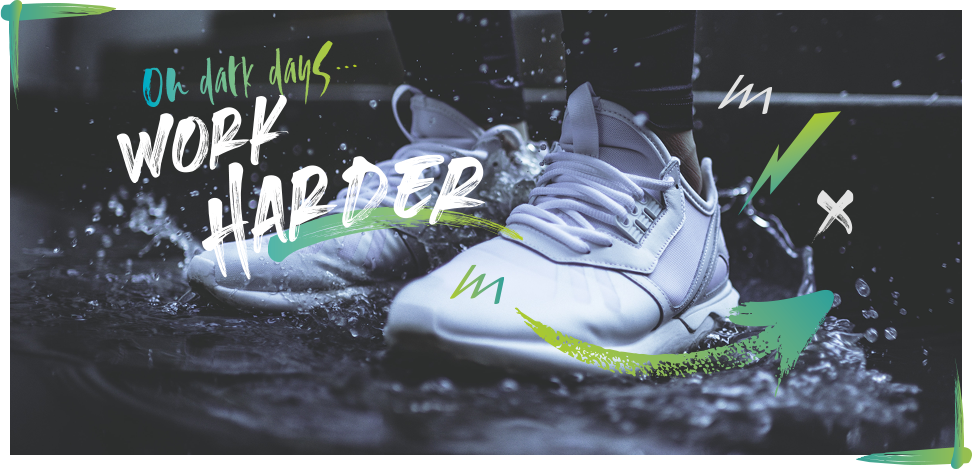Seasonal Affective Disorder, otherwise known as SAD, is a temporary mood disorder which tends to affect people during autumn and winter and can have debilitating, depression-like effects.
Seasonal Affective Disorder can include the following symptoms:
- Depression
- Lethargy
- Carbohydrate cravings
- Anxiety
- Lack of concentration
- Apathy
- Suicidal thoughts
- Increased appetite
- Irritability
- Loss of libido
- Low immunity status
- Lack of need for social interaction
- Digestive discomfort
What causes SAD?
It’s totally normal to feel a bit down in winter, with baltic temperatures in the UK and getting caught out in the rain too many times. As the clocks go back, and it starts to get dark at 3:30pm, those of us who work during office hours and indoors can find ourselves leaving the house and arriving home in darkness. This lack of natural daylight means that our bodies are not able to produce sufficient amounts of vitamin D, which is made when direct sunlight reaches our skin. Vitamin D is essential for healthy bones, teeth and muscles, so in the UK we are recommended to take a vitamin D supplement during autumn and winter. Read more about this on the NHS website.
Not much is known for certain about the causes of Seasonal Affective Disorder (SAD) although there are some common theories within the medical profession. It is thought that a by-product of not getting enough sunlight, is that it affects the normal functioning of a part of our brains called the hypothalamus. This impedes the production of serotonin which is the hormone that makes us feel happy and regulates our appetite. It can also affect the production of melatonin, a hormone that makes us feel sleepy. People with SAD may over-produce melatonin and find they feel fatigued a lot of the time. The body’s circadian rhythm (internal clock) is also disrupted as sunlight exposure dictates when we wake up, when we feel sleepy and when we feel hungry, as well as other important functions.
How do I motivate myself to exercise when I have SAD?
Seasonal Affective Disorder can leave us feeling like we have a complete lack of energy. When it’s cold and dark outside, and we’re feeling low, exercising feels like the opposite to what we actually want to do. However, getting the blood pumping can really help to counteract the symptoms of SAD. Exercising makes our bodies release endorphins, which make us feel fantastic and can give our mood a much needed boost, improving concentration and easing anxiety.
When we look at motivation, we have to look at what the barriers are that stand in our way of achieving what we want to do. To give an example, “The goal is to do 45 minutes of high intensity exercise so that I can keep up my fitness levels and feel good about myself. The barriers are that I feel cold, I’m tired, it’s dark outside, and I feel really low in mood. Now we look at what barriers we can remove? I’m cold so I put warm workout gear on and do some star jumps to warm my body up. I feel tired so I make myself a pre-workout espresso to give my energy levels a boost. It’s dark outside so I can do a workout at home without needing to leave my house. I feel really low in mood so I’m going to call a friend and tell them I need a motivational pep talk, I’m going to put on music that lifts my spirits, I’m going to ask my partner/children/flatmate to either join in the workout or be my supportive cheerleader when I feel like stopping.”
Whatever your barriers are, you need to find the willpower to find ways to work through them. The sense of achievement you’ll feel after you’ve pushed through, even though you really didn’t feel like it, will be worth it.
How can I prevent/treat SAD?

Light therapy
Light therapy is a really great way of staving off SAD and treating it. Light therapy involves using specially designed light boxes (commonly called SAD lamps) which you can buy online, that replicate natural light and affect your brain in the way that exposure to natural sunlight does. They can be highly effective in treating seasonal depression as they produce a bright light which is at least 10 times stronger than your home lighting, to affect brain chemicals linked to mood and sleep. It is recommended that you sit in front of the light box for around an hour each day.
Make an extra effort to spend time outdoors
Although it might feel like the last thing you want to do, going outside, even just for a ten minute walk, could make you feel much better over time. Spending some time outdoors in natural daylight, especially at midday and on brighter days can really help with symptoms of SAD. On those days where you really can’t face the gym, try a short lunchtime walk or jog.


Eat healthily
Eating the right food naturally gives us more energy and gives our mood a boost. Colder days make us crave carbohydrates and comfort foods. Protein and fresh vegetables make us feel fuller for longer, helping us to resist the cravings and power through our workouts. Be sure to supplement your diet with a dose of vitamin D, which is known to support a healthy immune system, protecting the body from illnesses such as the common cold and plays a fundamental role in ensuring normal muscle function.
Socialise
Always having a few social occasions in our diary can work wonders during the colder winter months. Making plans to break up the week with seeing friends and family can be good for our mental health and help with seasonal depression that can leave us feeling like we want to hibernate. They don’t always have to be boozy occasions either! Why not try a fun activity like bouldering, ice skating or indoor skiing? Group gym workouts can be a good way to get some exercise and socialise at the same time.





